Stories of Progress in NAP Processes in 2019
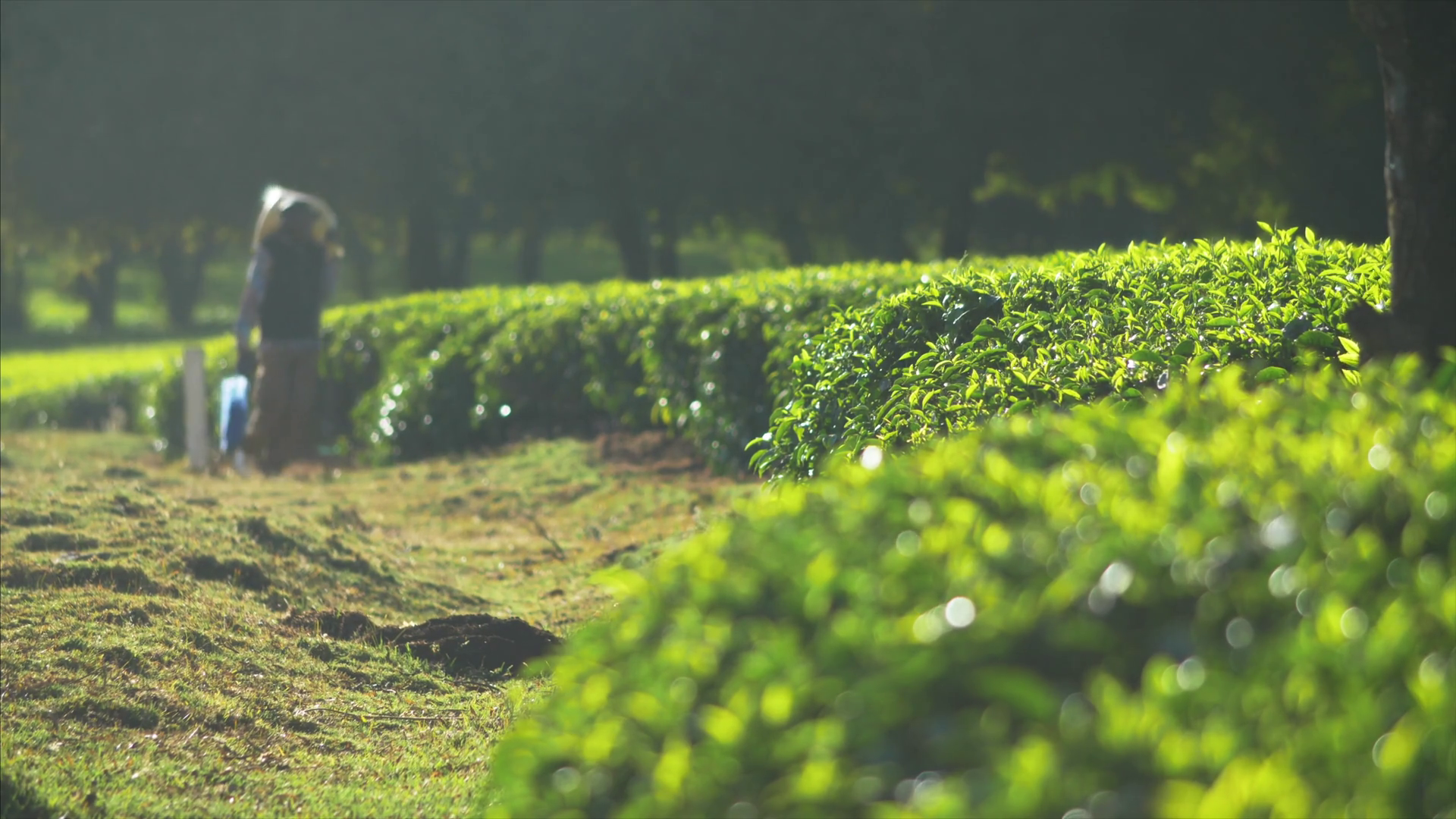
National Adaptation Plan (NAP) processes are the foundation for effective adaptation action. The UN reports that 120 developing countries have now launched NAP processes.
Around the world, countries are achieving steady progress on advancing national adaptation planning and implementation.
This article collects stories from 12 countries that—led by national governments—reached milestones in their NAP processes in 2019 as part of the global effort to build resilience in a changing climate. These stories were contributed by colleagues from a range of adaptation planning support programs.
Kiribati unveils updated plan for managing climate change and disaster risks
Kiribati’s Joint Implementation Plan for Climate Change and Disaster Risk Management (KJIP) serves as the country’s NAP. First developed in 2014, the document was updated in 2019 to align with newly developed strategic documents, including the national climate change policy.
Kiribati's experience highlights the value of an iterative approach to the NAP process, as the update has improved the plan in a number of ways. First, the process has garnered high-level support for adaptation through strategic engagement of the President’s Office. Second, the update served to increase the involvement of sectoral ministries in the NAP process through an active multi-sectoral advisory committee. Third, the integration of gender considerations in the KJIP was strengthened, providing a basis for gender-responsive implementation of adaptation actions.
The revised KJIP was launched during Climate Week in September 2019. It provides a clear vision for adaptation in Kiribati, prioritizing actions that will build the resilience of ecosystems and communities.
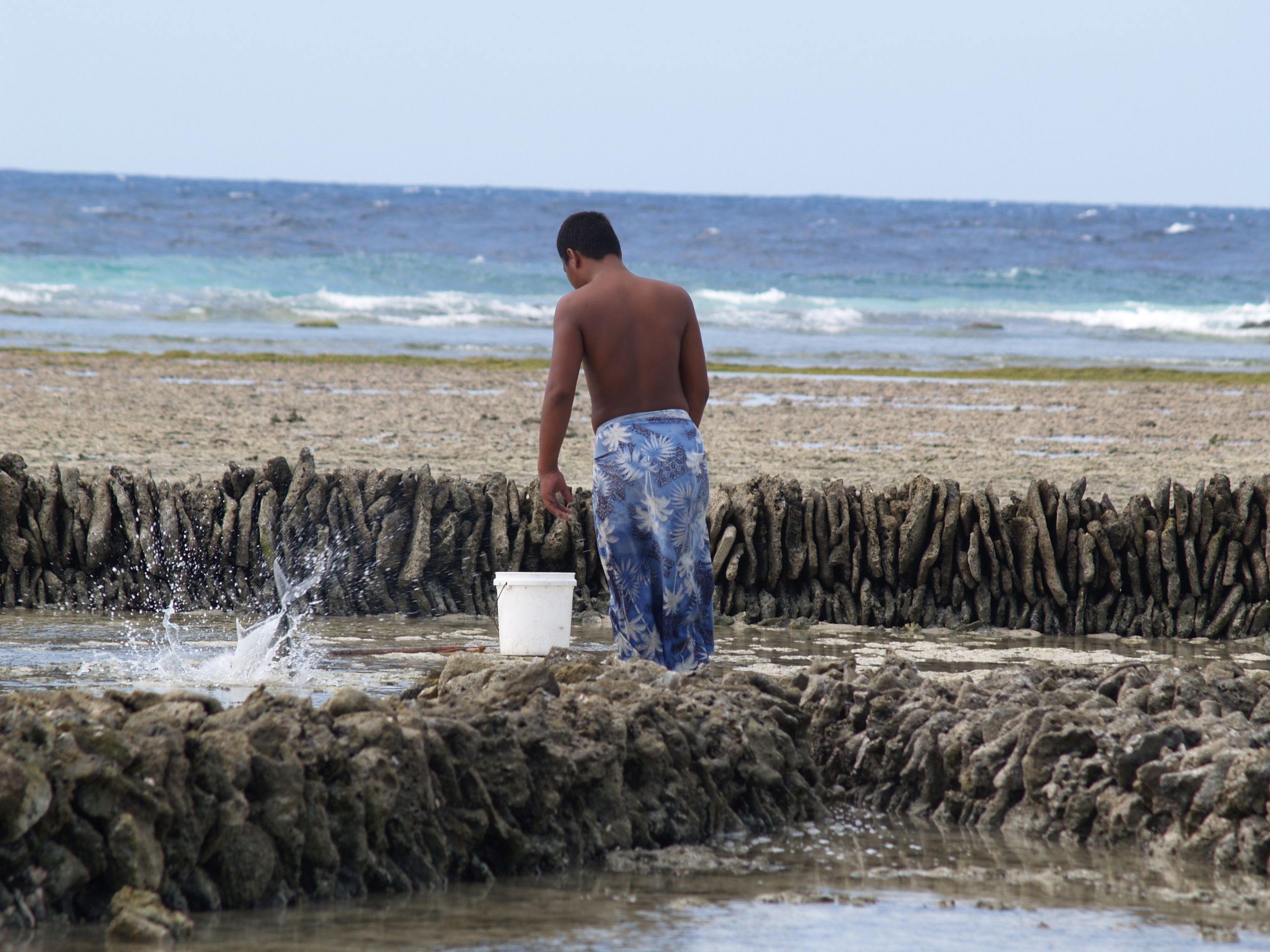

Uruguay launches the NAP for the agricultural sector
In September 2019, following a three-year process of consultation, Uruguay launched its National Plan for Adaptation to Climate Variability and Change for the Agricultural Sector (PNA-Agro, or "Plan Nacional de Adaptación a la Variabilidad y el Cambio Climático para el Sector Agropecuario" in Spanish) with a strategy for 2050 and an action plan for 2025.
The Office of Agricultural Programming and Policy (OPYPA) of the Ministry of Livestock, Agriculture and Fisheries (MGAP), in coordination with the National System of Response to Climate Change and Vulnerability (SNRCC), led the process. They organized a series of Adaptation Dialogues for different agricultural production systems, inviting more than 200 members of the private sector, public service, civil society and academia to define impacts of climate variability and change, and identify, rank and prioritize climate actions for each subsector.
The PNA-Agro focuses on four dimensions of adaptation measures: production systems, ecosystems and natural resources, livelihoods and institutional capacities. Among the adaptation actions to be implemented are increased support for farmer organizations and networks, the strengthening of institutional capacities for adaptation, and the adoption of sustainable animal and plant production systems.
* Support to the MGAP was provided by the Integrating Agriculture into National Adaptation Plans (NAP-Ag) Program implemented by the United Nations Development Programme (UNDP) and the Food and Agriculture Organization (FAO), funded by the German Federal Ministry for the Environment, Nature Conservation and Nuclear Safety.
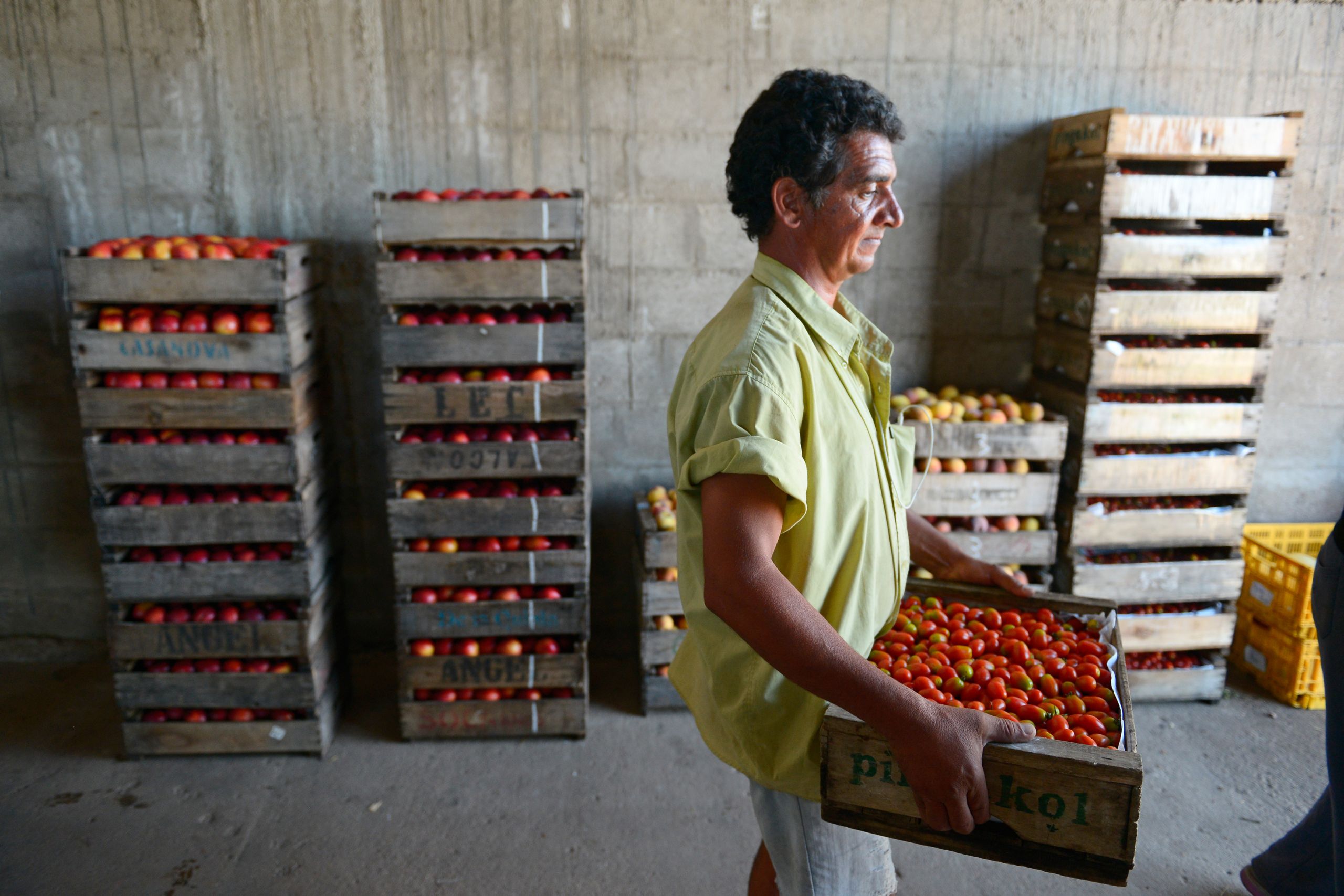
Saint Lucia raises funds to implement NAP priority actions for agriculture
As part of its NAP process, the Government of Saint Lucia has developed Sectoral Adaptation Strategy and Action Plans (SASAPs) for key sectors, including agriculture. These sector-based strategies have further elaborated the objectives, actions and expected outcomes for adaptation in the country, building on the overarching NAP document.
Having these more practical action plans in place has already proven useful in securing resources for implementation. For example, Saint Lucia was recently successful in securing a grant of almost USD 10 million from the Adaptation Fund to build climate resilience in the agriculture sector.
This project will enable implementation of the adaptation measures outlined in the agriculture SASAP, as the project aims to increase farm productivity and improve livelihood security through improved water and soil management. This will contribute to the SASAP outcome focusing on enhanced food security and nutrition. This represents a huge step forward for Saint Lucia in their NAP process, as they shift the focus from planning to implementation.
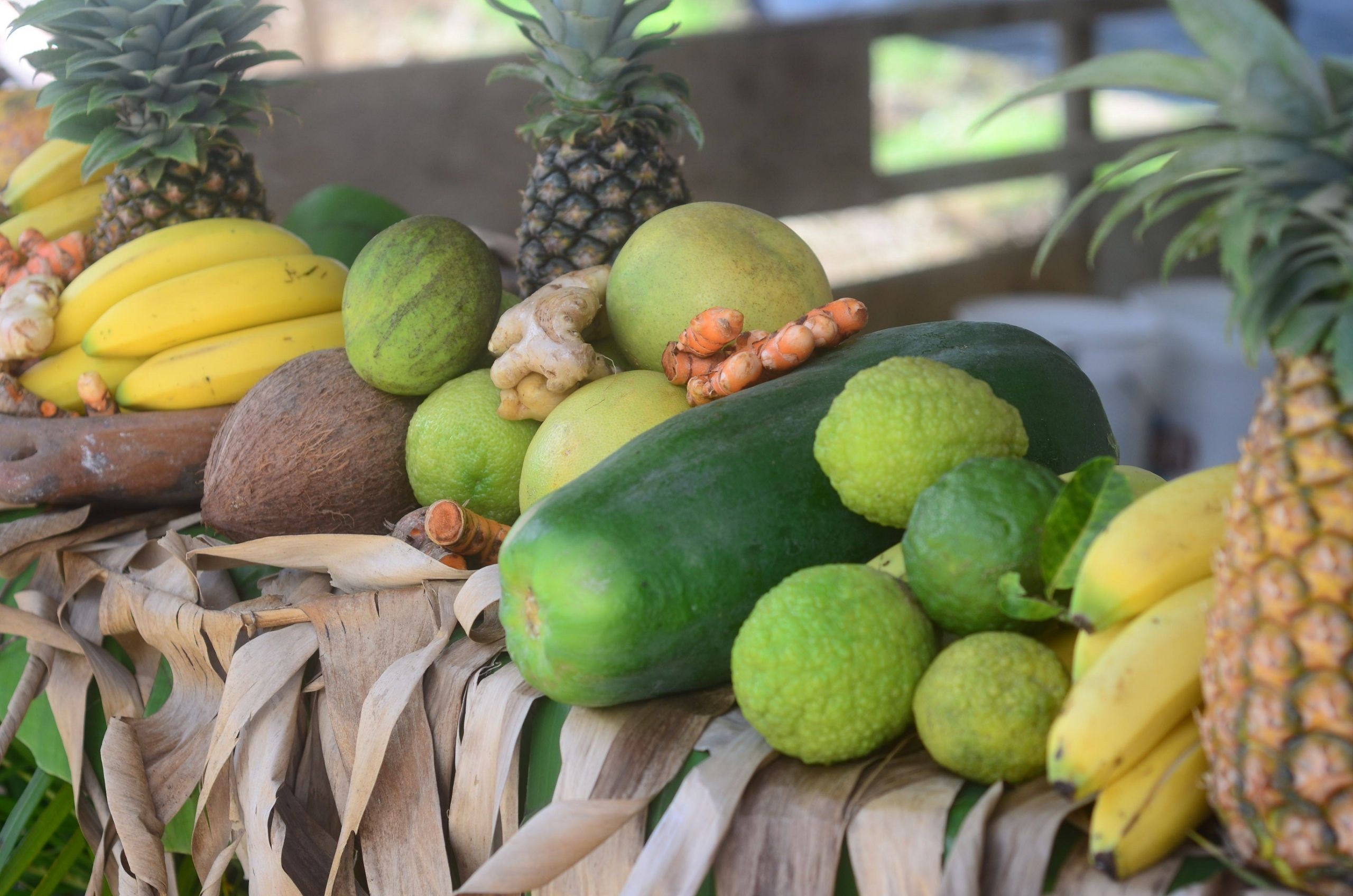
Senegal mainstreams climate change adaptation into the national plan for the water sector
In order to improve the sustainability of the use of the water resources, the Government of Senegal has developed the National Action Plan for Integrated Water Resources Management (PAGIRE).
Based on the results of a vulnerability assessment conducted with the support of the Support Program for Science-based National Adaptation Planning in Francophone Sub-Sahara Africa Least Developed Countries (PAS-PNA) and using the Climate Proofing tool, the risks and opportunities linked to climate change could be identified and customized adaptation options could be integrated into the PAGIRE.
According to Moctar Sall, Head of the Planning and Information Systems Division of the Directorate for the Management and Planning of Water Resources (DGPRE), “the proposed methodology has already enabled us to effectively identify adaptation options to make this resource resilient to the effects of climate change.”
Following the integration of climate change into the PAGIRE, the same approach will be used to mainstream climate change adaptation into the regional action plans for integrated water resources management. This will ensure water resources management is “climate proofed” on all levels, increasing the effectiveness of climate action in Senegal.
The initial steps of the Action Plan are now being implemented—such as the treatment of saline water resources—with climate change considerations taken into account.
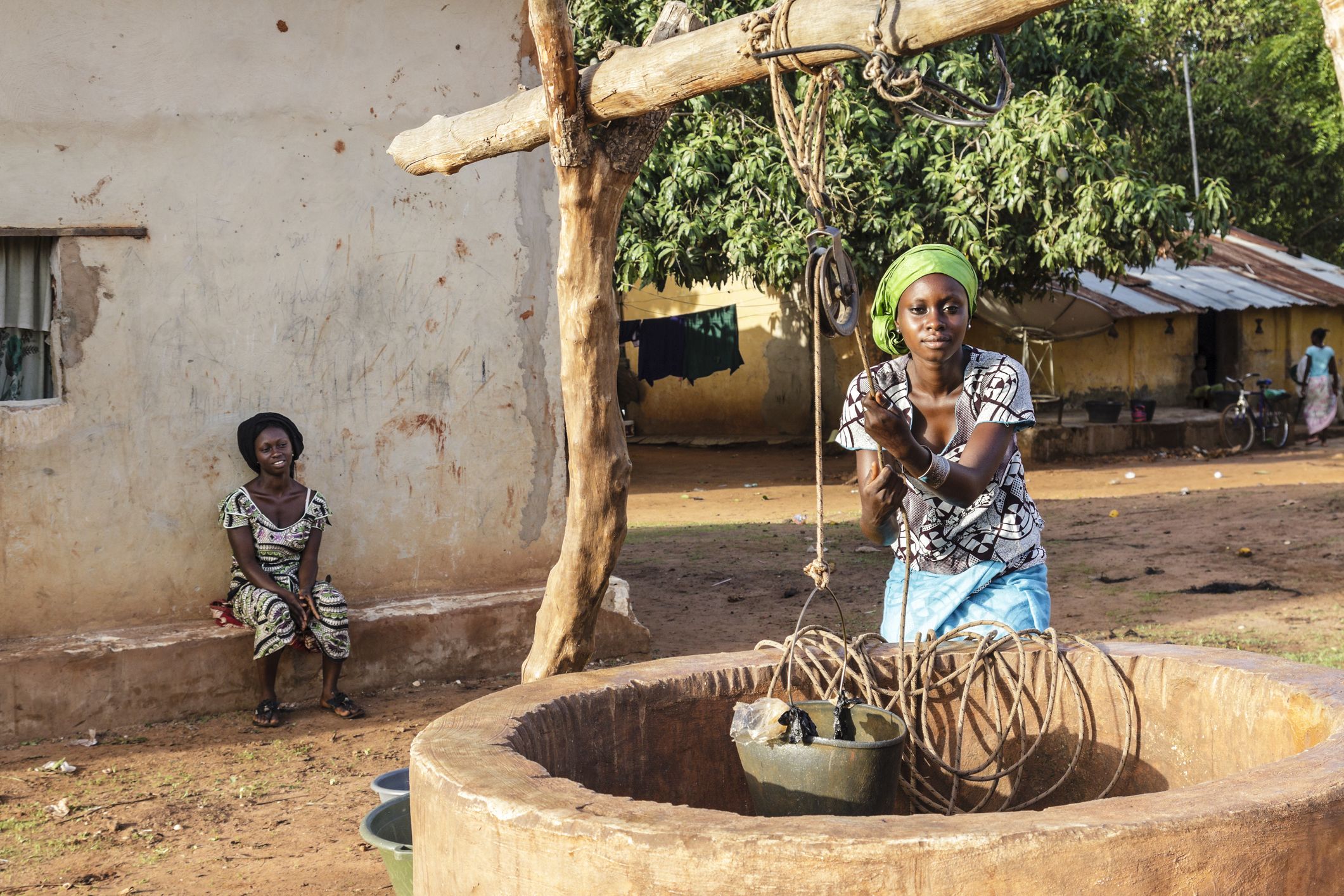
DRC takes major strides in adaptation planning with GCF funding support
The Democratic Republic of the Congo (DRC) recognizes that its main economic sectors are also its most climate-sensitive. Sectors such as agriculture, energy, transport, water, health and coastal zone management are affected by changes in rainfall, rising sea levels and increased droughts. This poses serious threats to and hinders the DRC’s efforts in sustainable development.
The DRC has identified key gaps and barriers to make sure that climate change impacts are addressed and anticipated. These include insufficient technical and institutional capacity for coordination; scattered policies with limited integration of climate change in development planning, implementation and/or monitoring; and limited domestic financing for sustainable adaptation for long-term solutions.
The USD 1.3 million Green Climate Fund (GCF) grant for adaptation planning has been helping address these barriers. These funds are advancing the NAP process and overall mainstreaming process at the provincial level, where adaptation actually takes place, and helping to implement the country’s Policy, Strategy and Action Plan on Climate Change (PSPA). The efforts will contribute to the updating of the Nationally Determined Contribution (NDC) and will enable the country to scale up climate finance to implement adaptation actions and become more resilient.
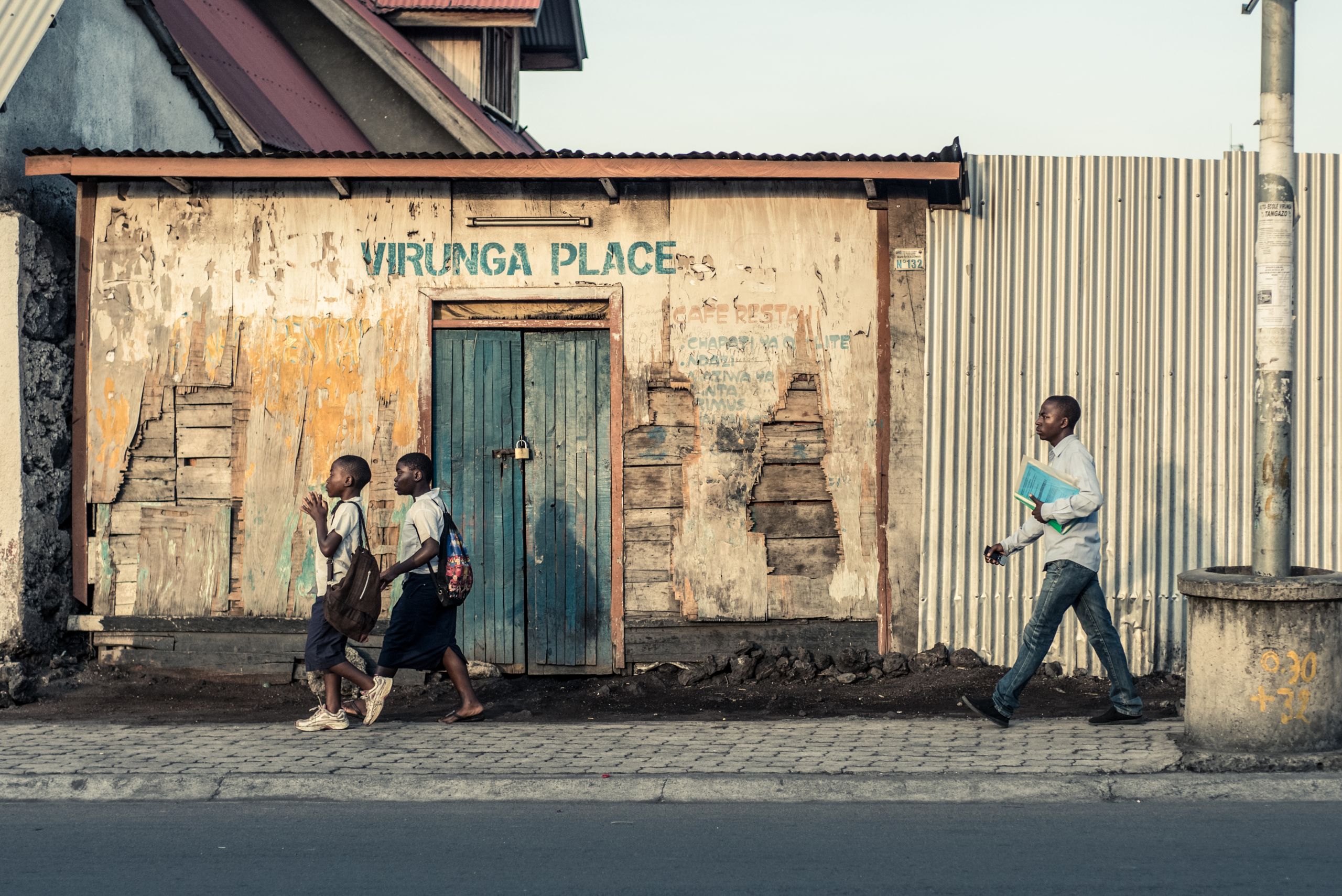
Liberia advances its NAP process with a new strategy for long-term adaptation
Liberia’s National Adaptation Planning proposal was submitted to the Green Climate Fund in 2016 and was the first proposal ever to be approved.
Through this funding support,* Liberia launched its National Climate Change Policy and Response Strategy in August 2018, outlining the country's climate-resilient strategic priorities to domestic and international investors and donors. The strategy fed into the country’s NDCs and provides a clear direction on the country’s required efforts to achieve long-term adaptation.
However, Liberia cited a lack of expertise as a major barrier to national adaptation planning.
To address this, throughout 2019, staff from government entities and academia were trained to build capacity and skills, from conducting vulnerability and risk assessments to coastal and flood engineering.
Furthermore, through the GCF-funded NAP support, the government partnered with the University of Liberia to set up a graduate program in environmental studies with a focus on climate change adaptation.
This work to build a multidisciplinary team of national experts will allow national adaptation planning in Liberia to be sustainable and country driven.
* The GCF-funded NAP support project in Liberia is implemented by the Environmental Protection Agency of Liberia and the United Nations Development Program.
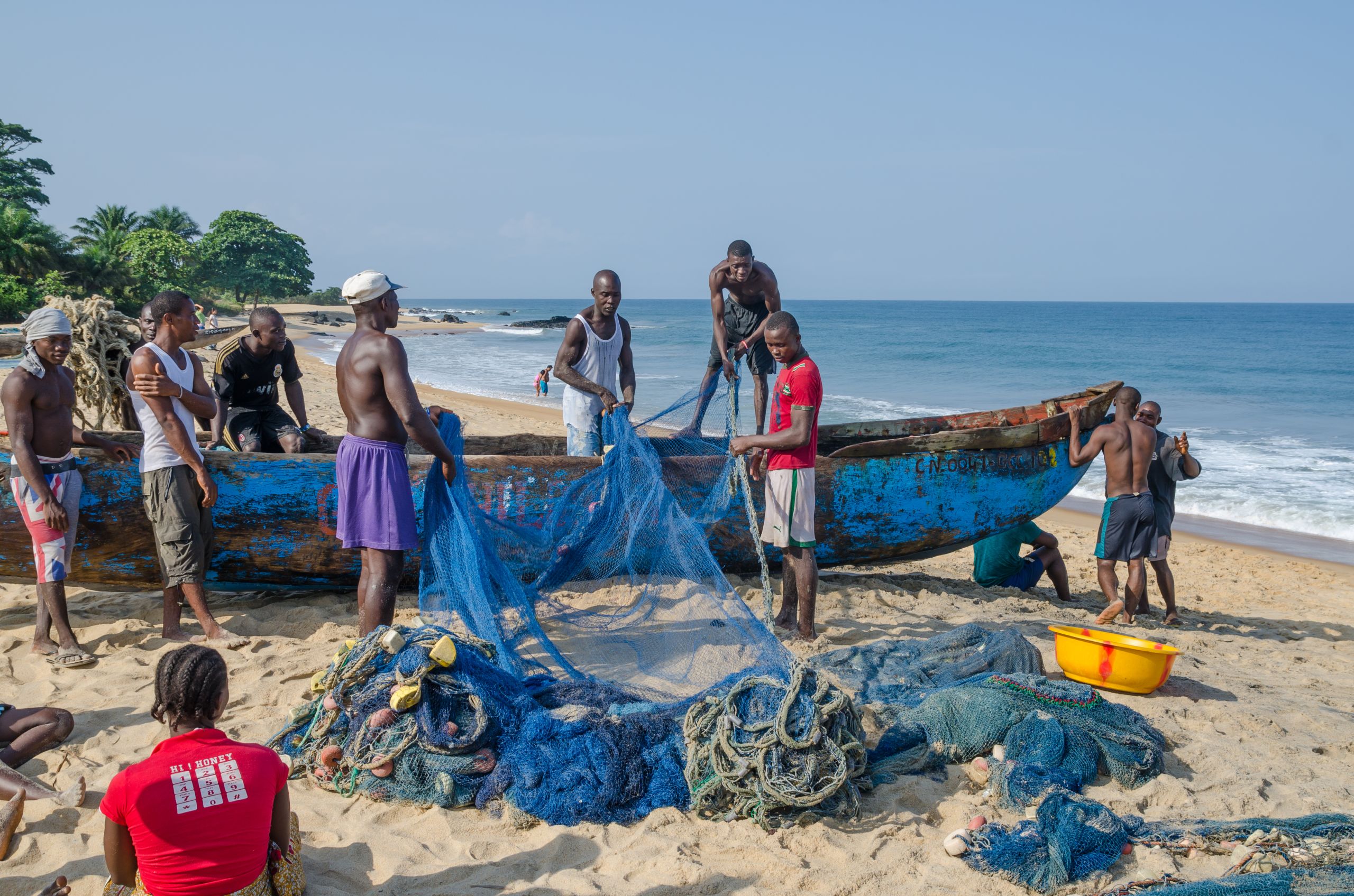
Indian states revise their subnational adaptation plans to meet NDC adaptation commitments
Formulation of State Action Plans on Climate Change (SAPCCs) has been an important milestone in developing domestic policies on climate change in India. They have been the guiding documents for planning climate change actions at the subnational level.
The Indian Ministry of Environment Forests and Climate Change developed guidelines for revision of SAPCCs for all India states in 2019. The latest guidelines released in 2019 give a strategic orientation to revisit the SAPCCs in light of new climate science and projections, as well as the country’s targets and commitments under the NDC.
It further outlines the importance of mainstreaming adaptation into existing budgetary allocations of state governments in a participatory and consultative process. In addition, it will give direction for developing concrete projects under India’s National Adaptation Fund on Climate Change (NAFCC), which was established in 2015 with the aim to fund adaptation projects that will further create an eco-system for mainstreaming adaptation in schemes and policies. It has a commitment of EUR 45,975,893 for 2019-2020.
Under its Indo-German Environment Programme in Rural Areas (IGEP-RA) funded by the Federal Ministry of Economic Cooperation and Development BMZ, GIZ has been working closely with the Ministry of Environment, Forestry and Climate Change and seven Indian states to revise the SAPCCs and developing concrete adaptation projects under the National Adaptation Fund for Climate Change.
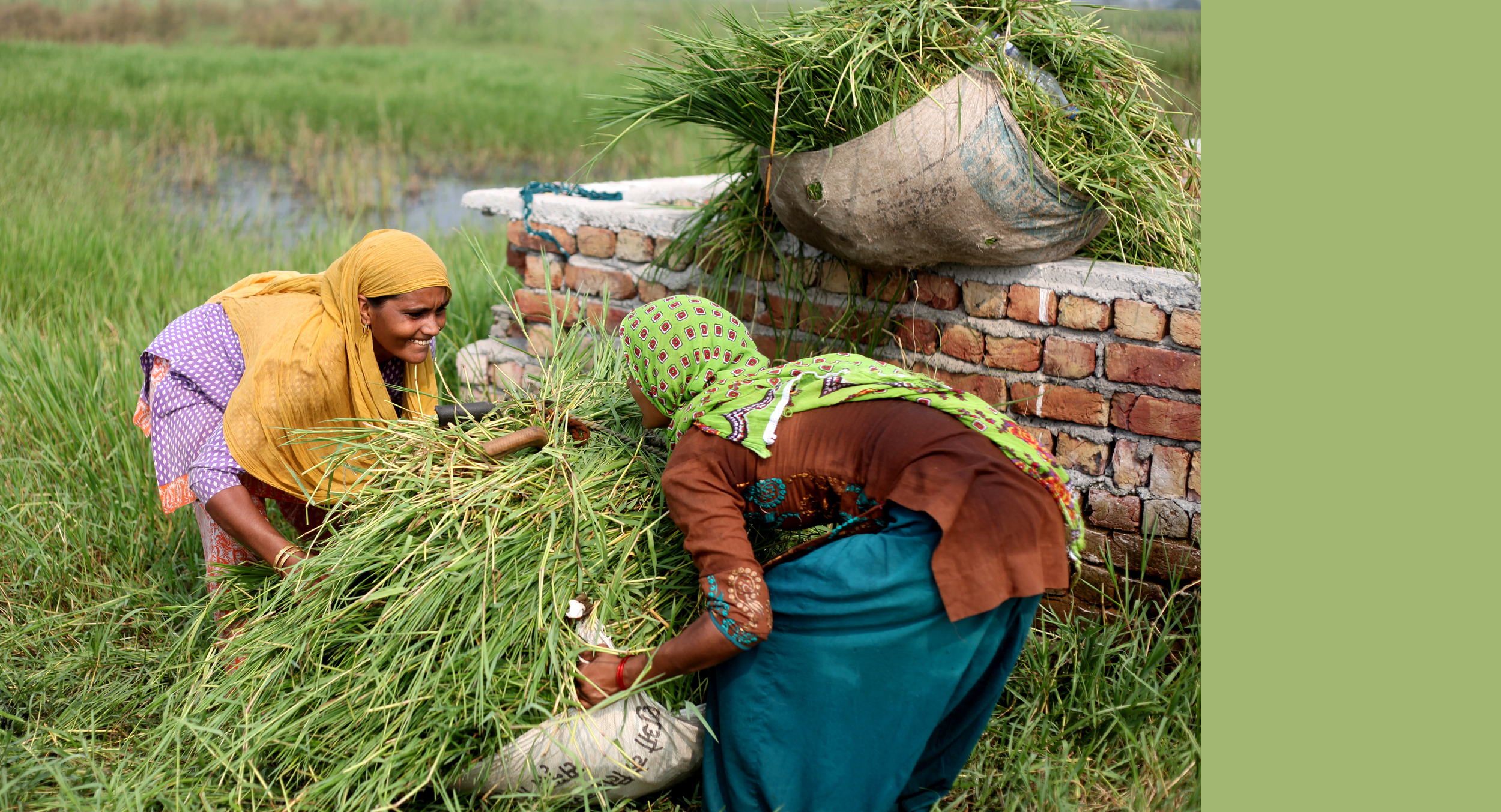
Ghana builds capacity to mobilize private sector investments to support national adaptation objectives
A key objective for the successful implementation of Ghana's NAP is the development of high-value, low-risk investment opportunities in adaptation for the private sector. Abundant opportunities exist for private investment across Ghana's priority development sectors under the vision set out by Ghana’s National Adaptation Plan Framework, including working with agribusinesses to invest in climate-resilient cocoa (Ghana produces 20 per cent of world cocoa supply) and encouraging aquaculture developers to support sustainable fisheries (a highly vulnerable sector that employs nearly 20 per cent of Ghanaians).
Ghana's Environmental Protection Agency (EPA) climate change team is focused on techniques to engage the private sector as a critical step in meeting the country's adaptation and development objectives. With support from the NAP Global Network and the PIER* project, the Ghanaian government is building the EPA's technical and staff abilities to plan and execute private sector engagement in achieving the country’s adaptation and development objectives over time. International and local climate and development experts have assessed the EPA's existing capacities and needs to engage new sets of private actors. In response, teams are providing tools, strategies, coaching and mentoring to staff within the ministry.
The EPA is now finalizing a Private Sector Engagement Strategy for the NAP process, which government staff—empowered through the capacity building this year—will be implementing with their private sector partners in 2020 and beyond to bring about lasting transformations that last well into the future.
* Private Investment for Enhanced Resilience (PIER) is a project implemented by Winrock International that supports the development and implementation of NAPs by working with for-profit companies to build climate change resilience through strategic investments in climate risk-reducing products, services and infrastructure
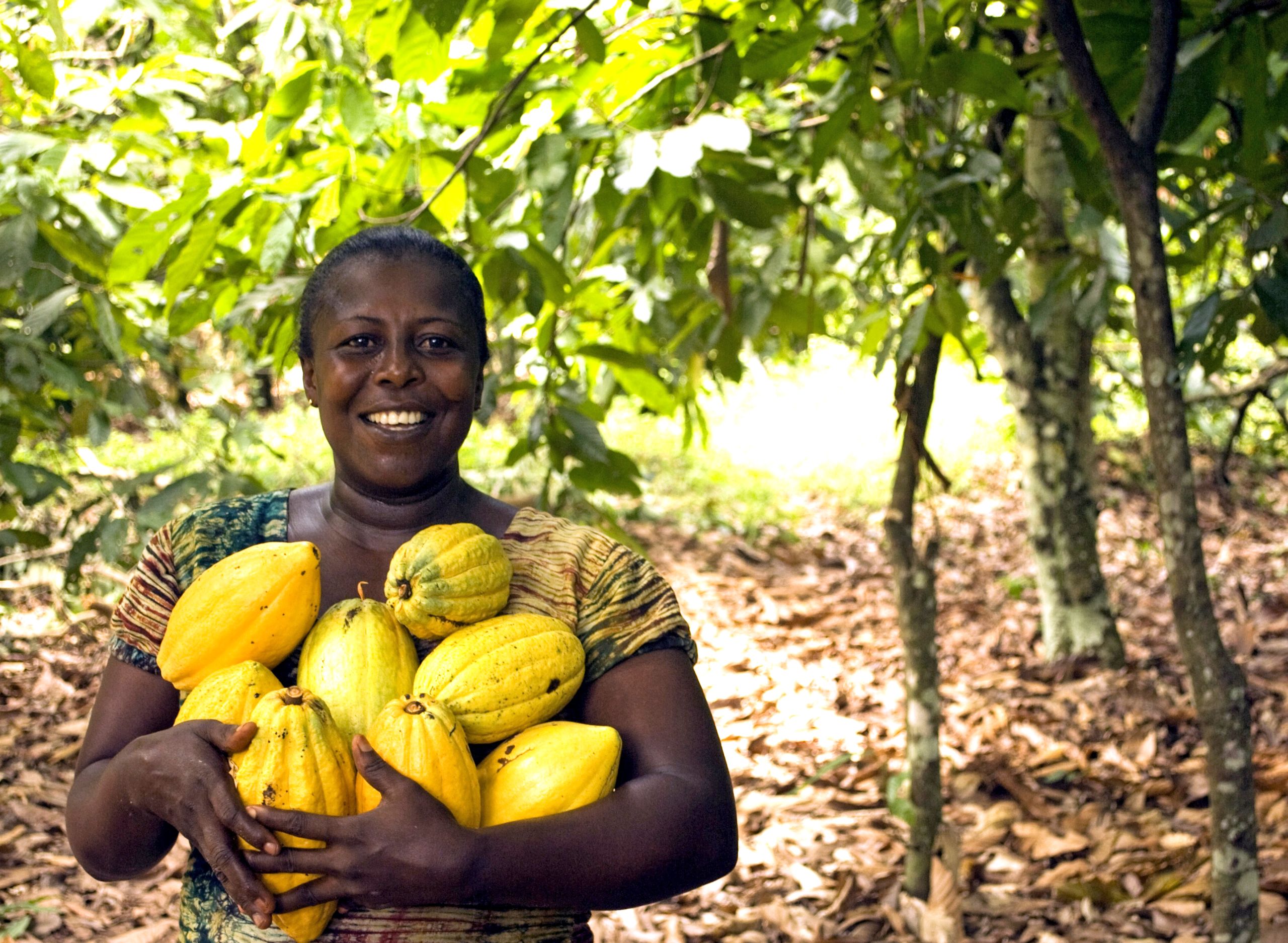
Mauritius advances its NAP process and collaborates with Indian Ocean peers on climate simulations
The Third National Communication for the Republic of Mauritius reports a decrease in annual rainfall, an increase in droughts and more frequent heavy rains. These observations are reinforced by the results of climate projections for the southwest Indian Ocean, which show that rainfall variability and heavy rainfall intensification will increase and cause flooding episodes, known as "flash floods."
The Mauritian government and the Land Drainage Authority, with the support of the Adapt'Action Facility, are working to:
- Conduct vulnerability assessments on priority sites (reviewing temperature increases, river flooding and coastal flooding).
- Identify priority adaptation actions to be carried out, especially through nature-based solutions.
- Formulate a resilient drainage master plan for the entire territory.
Notably, this work will also benefit from the results of the Building Resilience in Indian Ocean (BRIO) project, which aims to develop high-resolution (12x12 km) climate projections to 2100 in order to identify long-term trends in temperatures, rainfall and cyclonic activity in the region. This information will also be used to develop the country’s NAP process, which is currently underway.
Learn more about the BRIO project and about the Adapt’Action Facility.
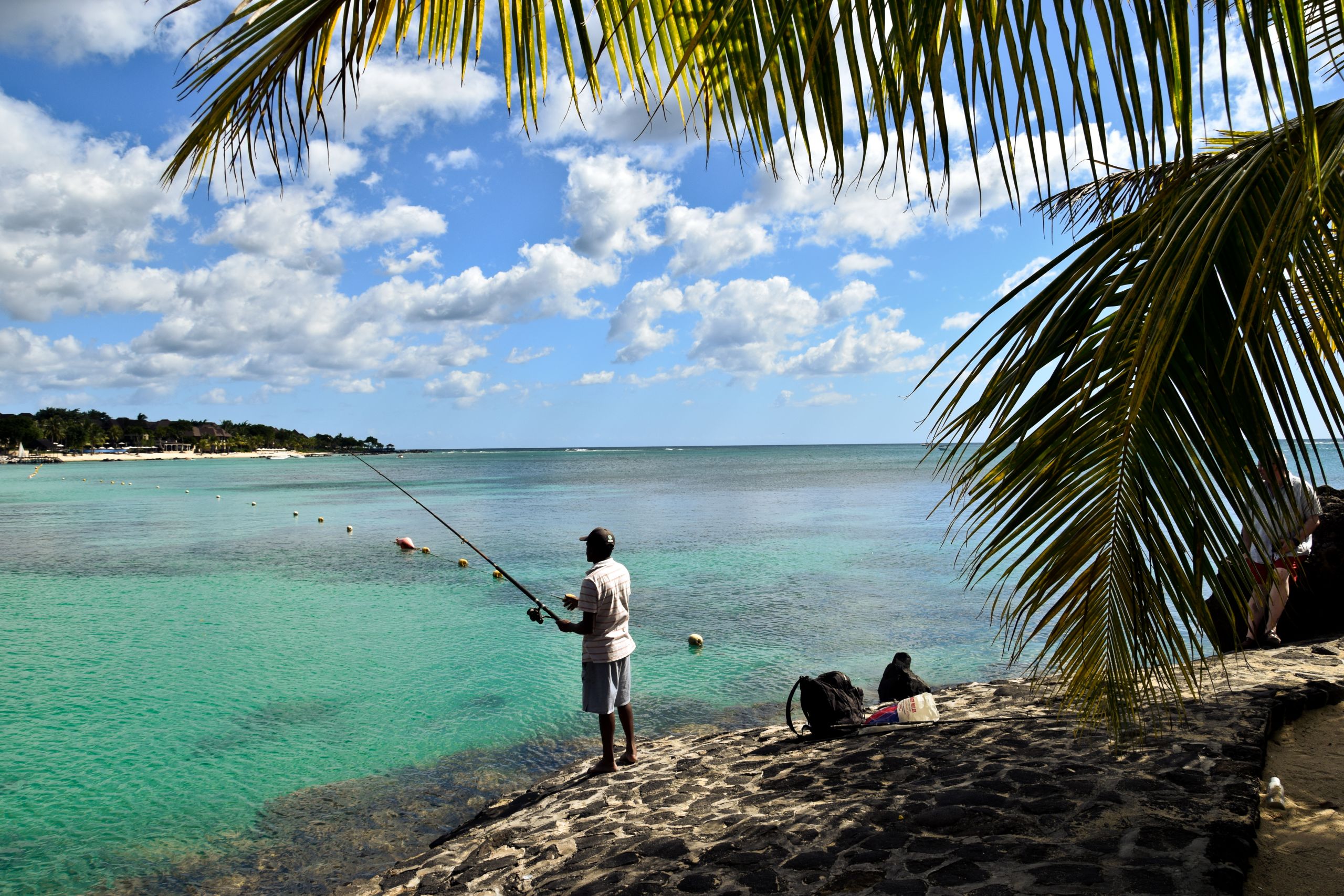
Thailand develops climate resilience indicators for the human settlement sector
In 2018, Thailand initiated the development of a framework for monitoring and evaluation (M&E) of adaptation as well as its NAP. The Office of Natural Resources and Environmental Policy and Planning (ONEP), Thailand's climate change focal point, recognized that a key step on the path to establishing this M&E framework is to actively engage the concerned stakeholders and co-design the indicators.
This year, ONEP, together with Department of Public Works and Town and Country Planning (DPT), has started this process for the human settlements sector. With support from the GIZ Risk-NAP project and international expertise from the University of Stuttgart, several focus group meetings were organized to define key urban resilience indicators and assess their compatibility with current M&E practices in the sector.
The resulting set of indicators provides guidance in particular for resilient spatial planning in Thailand and marks an important milestone in the process to develop Thailand's resilience index.
Learn more about the GIZ Risk NAP Project and about Thailand’s Urban Resilience Indicator Initiatives.

Kenya’s NAP process gets a boost from GCF funding and UNITAR support
Kenya’s Green Climate Fund NAP readiness project was launched in April 2019, implemented in partnership with the FAO.
This work builds on foundational activities conducted with the support of the NAP-Ag program* from 2016 to 2019, including the development of the Kenya Climate Smart Agriculture Strategy and Implementation Framework (KCSAIF) in 2018, an institutional barriers assessment of Kenya’s agricultural sector, and a study on coherence between climate change and meeting the Sustainable Development Goals in Kenya. Stakeholders were sensitized in subsector-specific trainings, such as a training on adaptation in the forestry sector in 2019.
NAP readiness support will now be used to further strengthen the knowledge base for Kenya's NAP, enhance capacity for planning and effective implementation of climate change adaptation, and engage the private sector in adaptation planning. Activities are already moving ahead. In November 2019, on the request of the government, a workshop aimed at supporting the development of an M&E framework and implementation plan for the KCSAIF is being organized. This training will use the NAP-Ag M&E training guide built specifically to support M&E of national adaptation.
To augment the capacity-building activities of the GCF NAP readiness project, a Climate Change Learning Strategy will also be developed for Kenya through seed funding from the UN Institute for Training and Research's UNCC:Learn. Leveraging these sources of additional support builds on the solid will of the government to drive Kenya’s NAP process forward.
*The NAP-Ag program is implemented by the FAO and UNDP and funded by the German Federal Ministry for the Environment, Nature Conservation and Nuclear Safety.

Nepal NAP process seeks to ensure that no one is left behind
Nepal recently launched a new phase of its NAP process, with support from the GCF and implemented by UN Environment. In the first phase, the government focused on engaging stakeholders and building a strong analytical foundation for the process with a principle of "leaving no one behind." This is continuing in this new phase, which began with a series of workshops across the country to sensitize provincial and local actors on the NAP process and to identify needs for adaptation planning at the provincial level.
The workshops served to renew the momentum of the NAP process at subnational levels, highlighting the need for adaptation to be integrated into provincial and local plans, programs and budgets. They yielded concrete recommendations for the coming steps of the process, including vulnerability and risk assessments and the establishment of coordination mechanisms for adaptation at the provincial level. This will help to create conditions for the effective implementation of adaptation actions throughout Nepal’s diverse landscapes and communities.
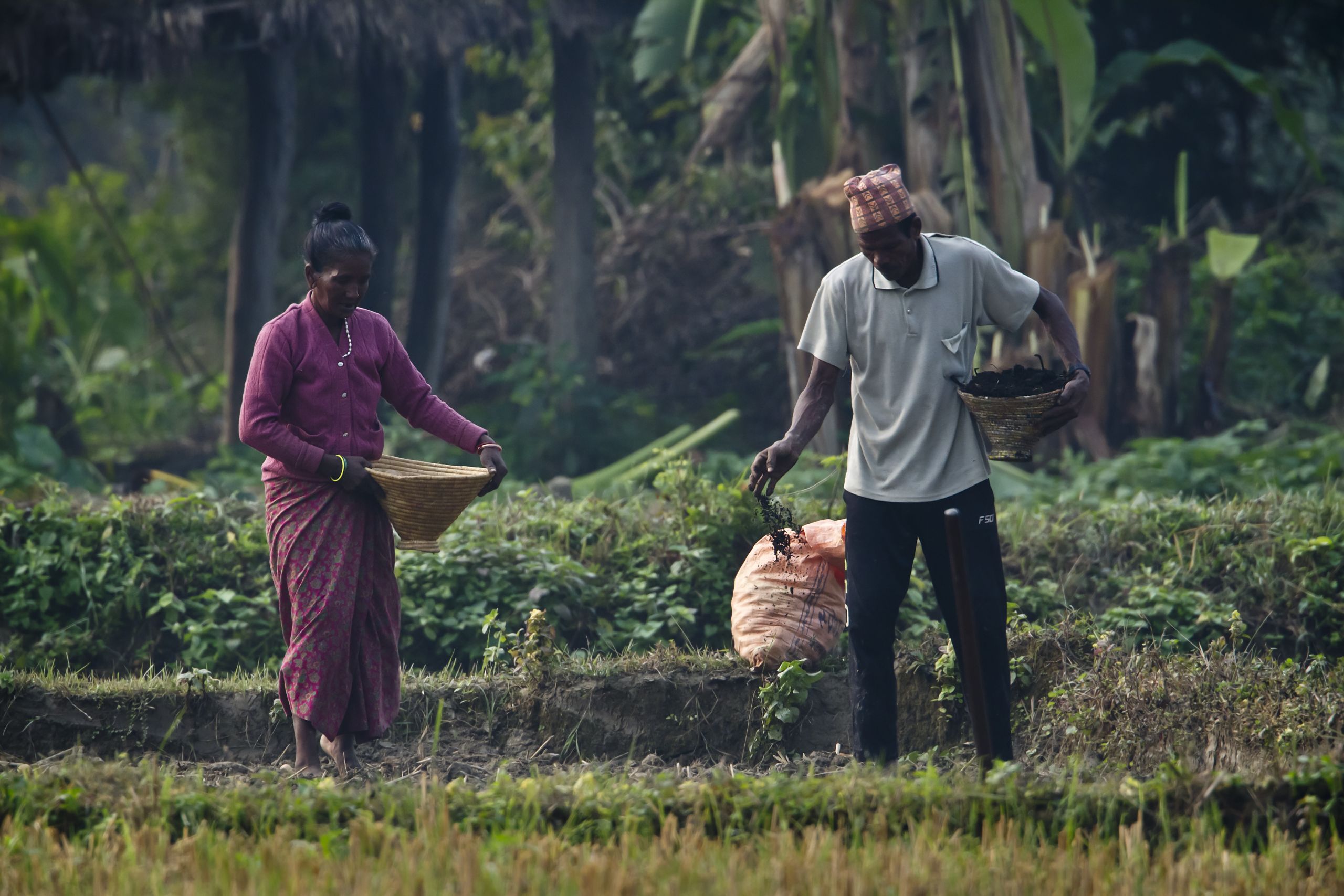
Acknowledgements
Many thanks to colleagues from the following NAP support programs who contributed stories to this article.
- The German Agency for International Cooperation (GIZ, or Deutsche Gesellschaft für Internationale Zusammenarbeit in German), including contributions from field offices in India and Thailand.
- National Adaptation Global Support Program (NAP-GSP), a joint initiative of UNDP and UN Environment funded by the Global Environment Facility (GEF).
- The Integrating Agriculture in National Adaptation Plans (NAP-Ag) program is implemented by the FAO and UNDP and funded by the German Federal Ministry for the Environment, Nature Conservation and Nuclear Safety.
- The Adapt’Action Facility is implemented by Agence Française de Développement (AFD) and Expertise France.
- The Private Investment For Enhanced Resilience (PIER) project, implemented by Winrock International and funded by the U.S. Department of State.
- The Support Project for Science-based National Adaptation Planning in Francophone Sub-Sahara African Least Developed Countries (PAS-PNA), implemented by GIZ in collaboration with Climate Analytics and funded by the German Federal Ministry for the Environment, Nature Conservation and Nuclear Safety.
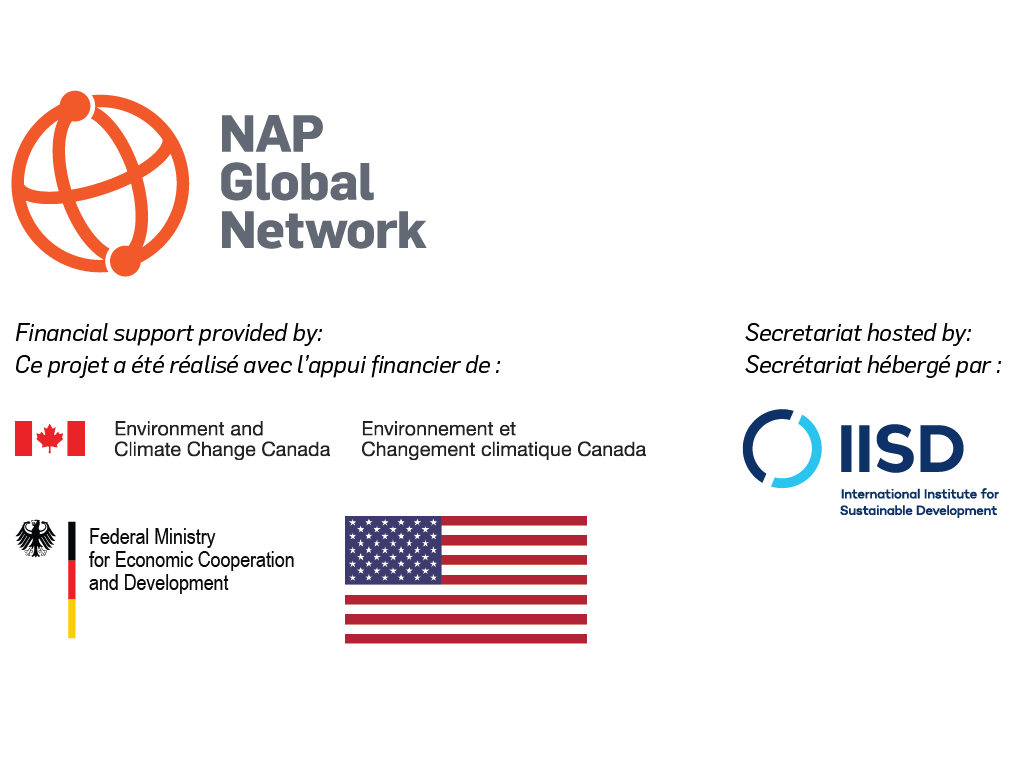
Any opinions stated in this blog post are those of the author(s) and do not necessarily reflect the policies or opinions of the NAP Global Network, its funders, or Network participants.
